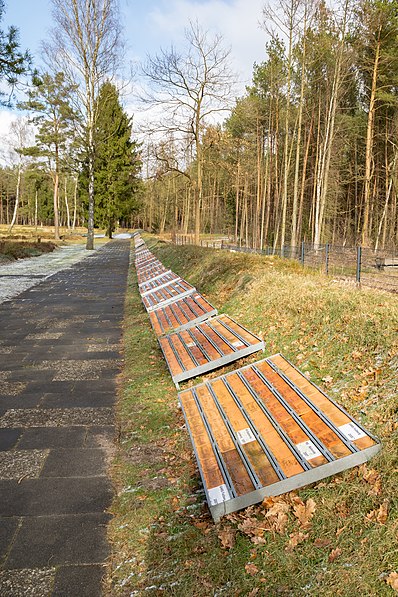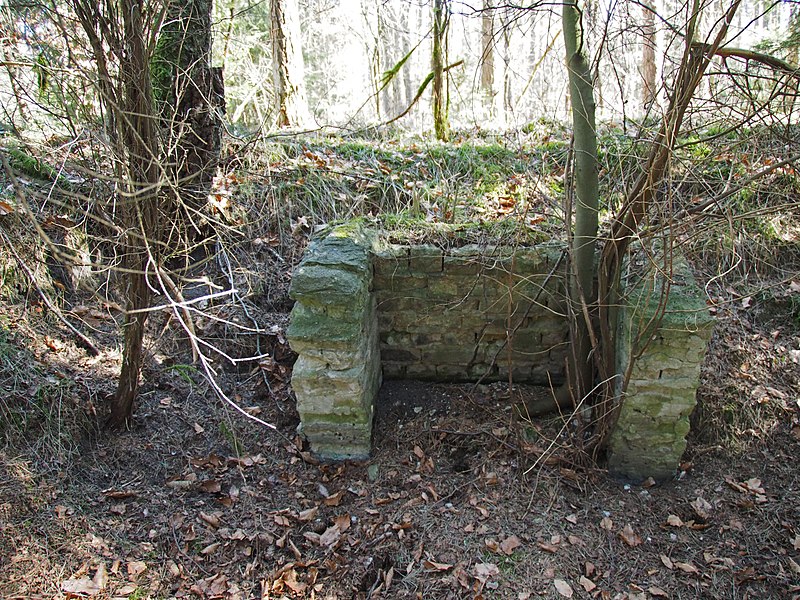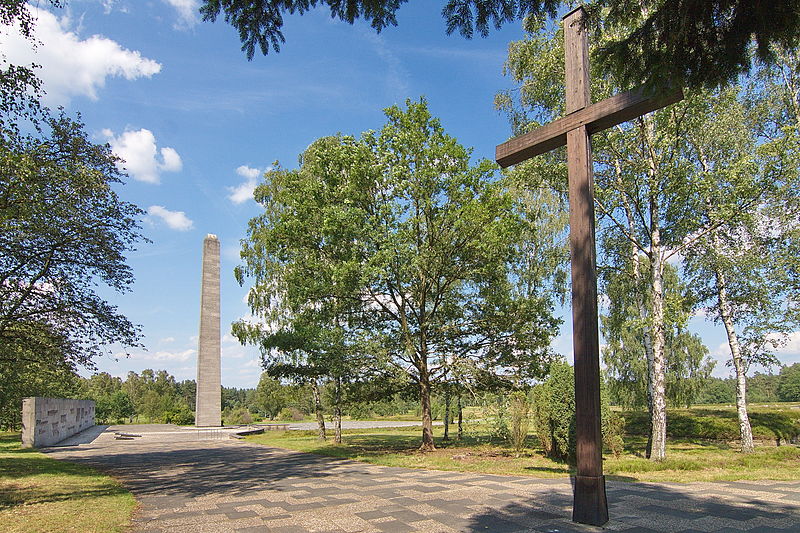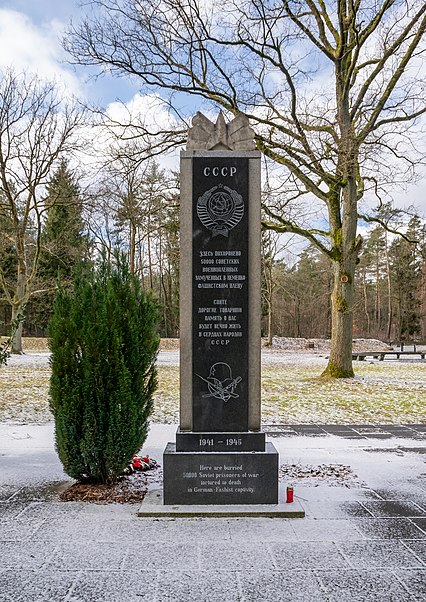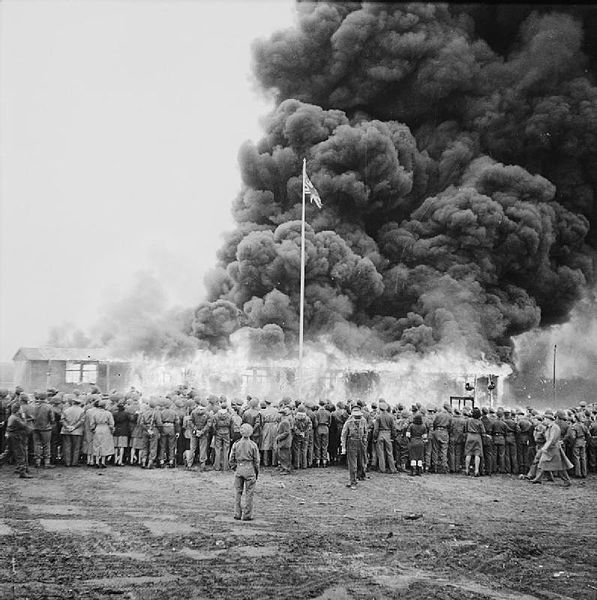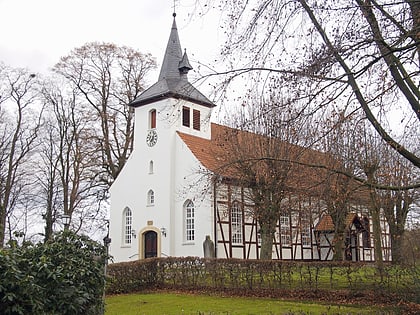Bergen-Belsen concentration camp, Bergen
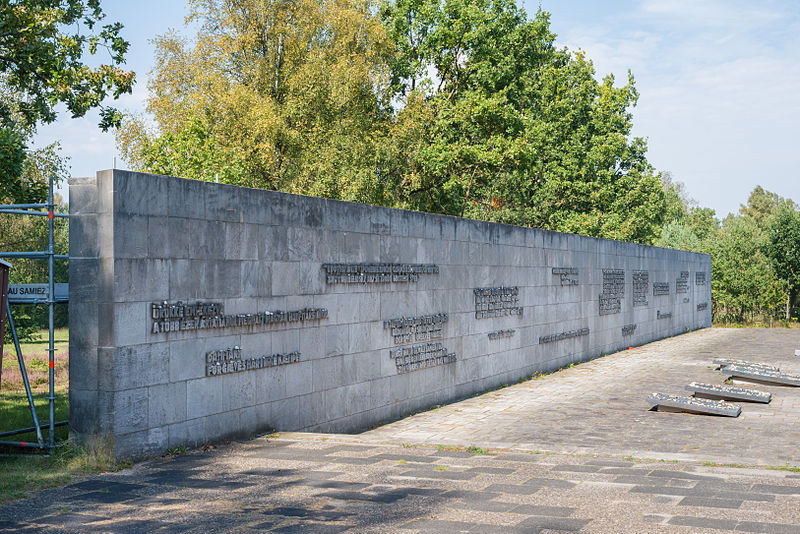
Facts and practical information
Bergen-Belsen concentration camp stands as a somber testament to one of the darkest chapters in human history. Located near the city of Bergen in Germany, this Nazi concentration camp was established in 1943 and became a site of unimaginable suffering and death for tens of thousands of prisoners during World War II.
Today, Bergen-Belsen serves as a memorial and a place of reflection for visitors from around the world. The site includes the remnants of the camp, such as the mass graves and the House of Silence, designed for personal remembrance. A comprehensive Documentation Center provides historical context through exhibits detailing the camp's history, the conditions endured by the prisoners, and the liberation of the camp in April 1945 by British forces.
Visitors to Bergen-Belsen will find a solemn and respectful atmosphere intended to honor the memory of the victims. The memorial encourages education and contemplation, with guided tours often available to enhance the understanding of the camp's history and the atrocities committed there.
It is important for tourists to approach their visit with the gravity the site commands. Photography is permitted on the grounds, but guests are asked to act with the utmost respect, keeping in mind the suffering that occurred at this site.
Bergen-Belsen concentration camp – popular in the area (distance from the attraction)
Nearby attractions include: Winsen Museum Farm, Sieben Steinhäuser, St. Lambert's Church, Church of St. Fabian and St. Sebastian.
Frequently Asked Questions (FAQ)
When is Bergen-Belsen concentration camp open?
- Monday 10 am - 6 pm
- Tuesday 10 am - 6 pm
- Wednesday 10 am - 6 pm
- Thursday 10 am - 6 pm
- Friday 10 am - 6 pm
- Saturday 10 am - 6 pm
- Sunday 10 am - 6 pm


